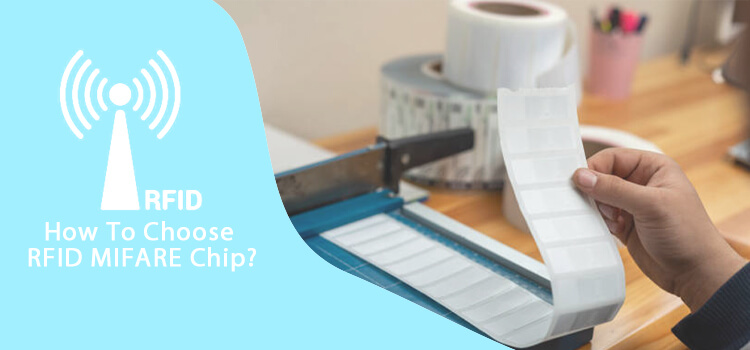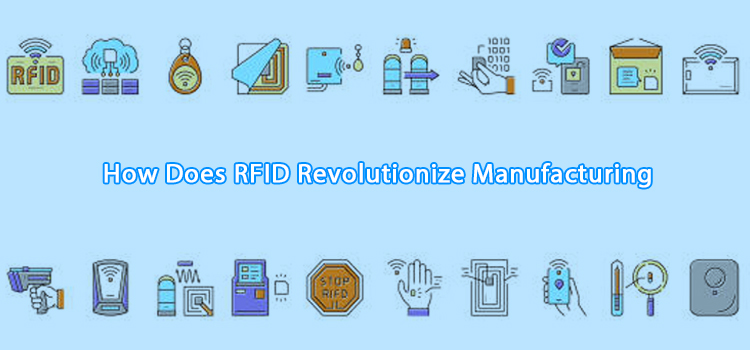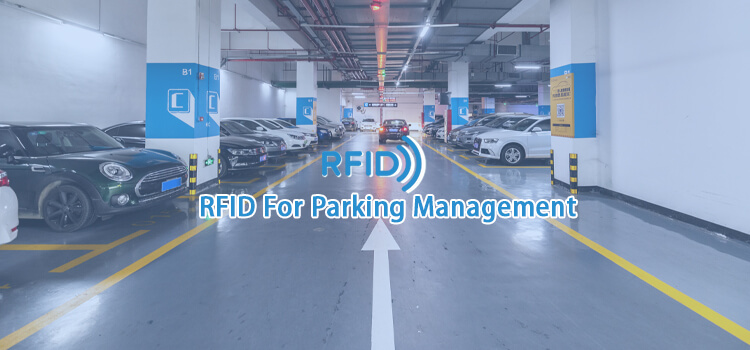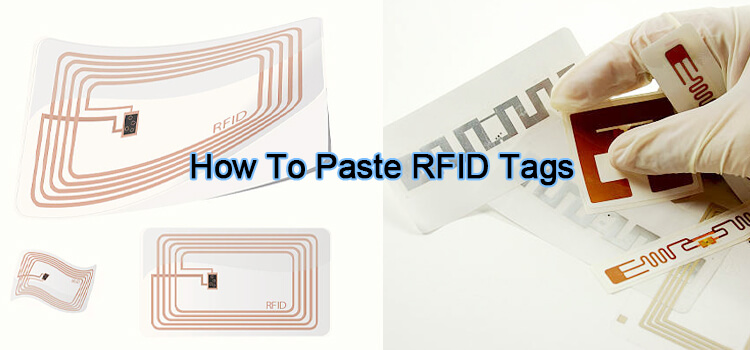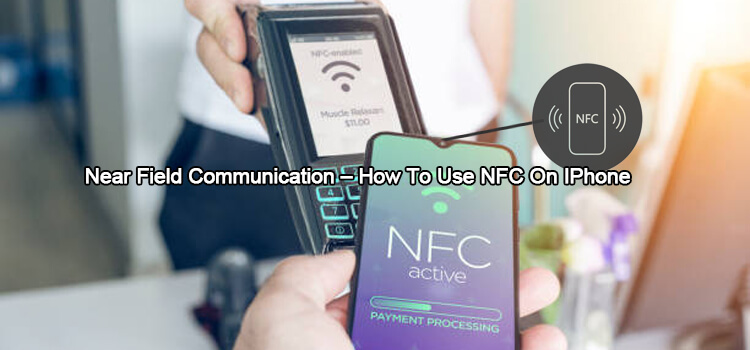MIFARE chips are among the most common types of RFID chips. They are used in numerous applications, from public transportation to access control. There are several types of MIFARE chips, each with its unique features.
When choosing a MIFARE chip for your application, you should consider several factors, including cost, data capacity, security, and compatibility. This is the ultimate guide on how to choose RFID MIFARE chip? MIFARE S50? S70? Ultralight C?
What are RFID MIFARE Chips?
MIFARE is the name of a family of chips produced by NXP Semiconductors. The acronym stands for MIkron Fare Collection System.
MIFARE chips are embedded in over a billion smart cards and millions of access control devices worldwide. They are largely regulated by ISO/IEC 14443 Type A and Type B.
They also use DES/Triple-DES and AES encryption for security. Due to their high level of regulation, they are used with 13.56 MHz cards for contactless payments, proximity cards, and credit cards.
Types of RFID MIFARE Chips
There are several types of MIFARE chips, each with different features. The most common ones are:
- MIFARE Classic
MIFARE Classic is the oldest and most used type of MIFARE chip. It was initially used for smart ticketing in public transportation. Nowadays, it is also used in access control, event ticketing, and loyalty programs.
It operates in the 13.56 MHz frequency range and complies with ISO 14443 standards. The MIFARE Classic IC 1K boasts highly efficient read/write capability and supports up to 1 KB of data storage divided into 16 parts. You can also opt for MIFARE Classic IC 4K with a magnificent 4 KB and 40 parts!
MIFARE Classic chips are available in a Unique Identifier (UI) of 7-bytes and Non-Unique Identify (NUI) of 4-bytes. It also has a programmable memory organization.
MIFARE Classic chips are available in two versions: MIFARE Classic EV1 and MIFARE Classic EV2. The EV2 version offers enhanced security features and higher data transfer speed. However, EV1 is more widely used.
- MIFARE Classic EV1
MIFARE Classic EV1 is one of the most efficient versions of the MIFARE Classic family. It offers various security features, such as mutual three-pass authentication, crypto algorithm data encryption, and access control.
This chip also comes with a 4-byte or 7-byte UID. MIFARE Classic EV1 is available in 1K and 4K versions. The 1K version has 16 sectors of 4 blocks each, while the 4K version has 40 sectors of 4 blocks each, with the first 32 bytes used for sector security and access control.
It allows for flexible antenna designs and is compatible with the existing MIFARE Classic infrastructure.
- MIFARE DESFire
MIFARE DESFire is a contactless smart card technology developed by NXP Semiconductors. It complies with ISO 14443 standards and operates in the 13.56 MHz frequency range.
MIFARE DESFire family comprise MIFARE DESFire EV1, MIFARE DESFire EV2, and MIFARE DESFire Light. All these versions offer enhanced security features, such as mutual three-pass authentication and data encryption.
This family is commonly applied in areas, such as access control, identity management, and public transportation. All these applications require a high data security level.
The MIFARE DESFire chips are based on ISO/IEC 14443A (all four parts) and support all layers, including the ISO/IEC 7816 application layer.
The MIFARE DESFire EV1 type can accommodate up to 28 applications and approximately 32 files per application. It is one of the most flexible contactless smart chips available on the market.
MIFARE DESFire EV2 takes security to another level. It introduces advanced cryptographic methods, such as AES-256 and 3DES encryption algorithms. The chip also supports unlimited applications. Additionally, they have an anti-tear mechanism that protects the data in case of unexpected power down.
Even better, MIFARE DESFire chips offer faster data transfer rates in both directions: upstream and downstream. The chip can be ‘personalized’ according to the needs of each particular application. They can achieve a data transfer rate of 848 kbps in both directions.
- MIFARE Plus
MIFARE Plus is the evolutionary step in the development of contactless smart chip technologies. It supports all existing MIFARE infrastructure and applications. The new features and functionalities make it ideal for several applications, including public transportation, access control, and identity management.
MIFARE Plus introduces new features, such as the AES-128 encryption algorithm. Its powerful crypto encryption algorithm ensures high-level security for all your data.
It has several levels, including MIFARE Plus EV1 and MIFARE Plus EV2. It boasts security Level 3, meaning that all data is securely encrypted. The chip is also tamper-resistant.
- MIFARE Ultralight
MIFARE Ultralight comes with 64 bytes of memory divided into 16 pages of 4 bytes each. However, this family lacks cryptographic security. Therefore, it is recommended for applications that do not require a high-security level, such as public transportation and ticketing.
They are the most affordable MIFARE chips on the market. They are even used with disposable tickets in some public transportation systems. Its two variants are:
MIFARE Ultralight EV1
These chips have 384 & 1024 bits of memory. They have 32-bit password protection and OTP (one-time programmable) memory.
They were developed to enhance the security of MIFARE Ultralight chips and offer more flexibility for end-users. They are used in different areas, including event ticketing and access control.
MIFARE Ultralight C
These MIFAREUltralight chips are the best for disposable ticketing. They are affordable and can be printed using an offset or silkscreen printing method.
It features Triple DES (3DES) optimized to reduce the chances of cloning. This way, you can be sure that your data is safe and secure.
Choosing the Right MIFARE Chip
- Speed. MIFARE DESFire family can achieve up to 848 kbps. If you do not prioritize having fast data processing, you can opt for others that offer 106kbps.
- Memory. Depending on your needs, you can choose between different memory sizes. If you need to store lots of data, go for a chip with more memory, such as MIFARE Plus.
- Security. The level of security your data needs is another important factor to consider when choosing the right MIFARE chip. If you require a high level of security, go for chips that offer AES-256 or 3DES encryption algorithms.
- Cost. The price is also an important consideration when choosing the right MIFARE chip. The more features a chip has, the more expensive it will be. MIFARE Ultralight C is the most affordable option.
Now that you know the different types of MIFARE chips and what to consider when choosing the right one, it’s time to put that knowledge into practice.

